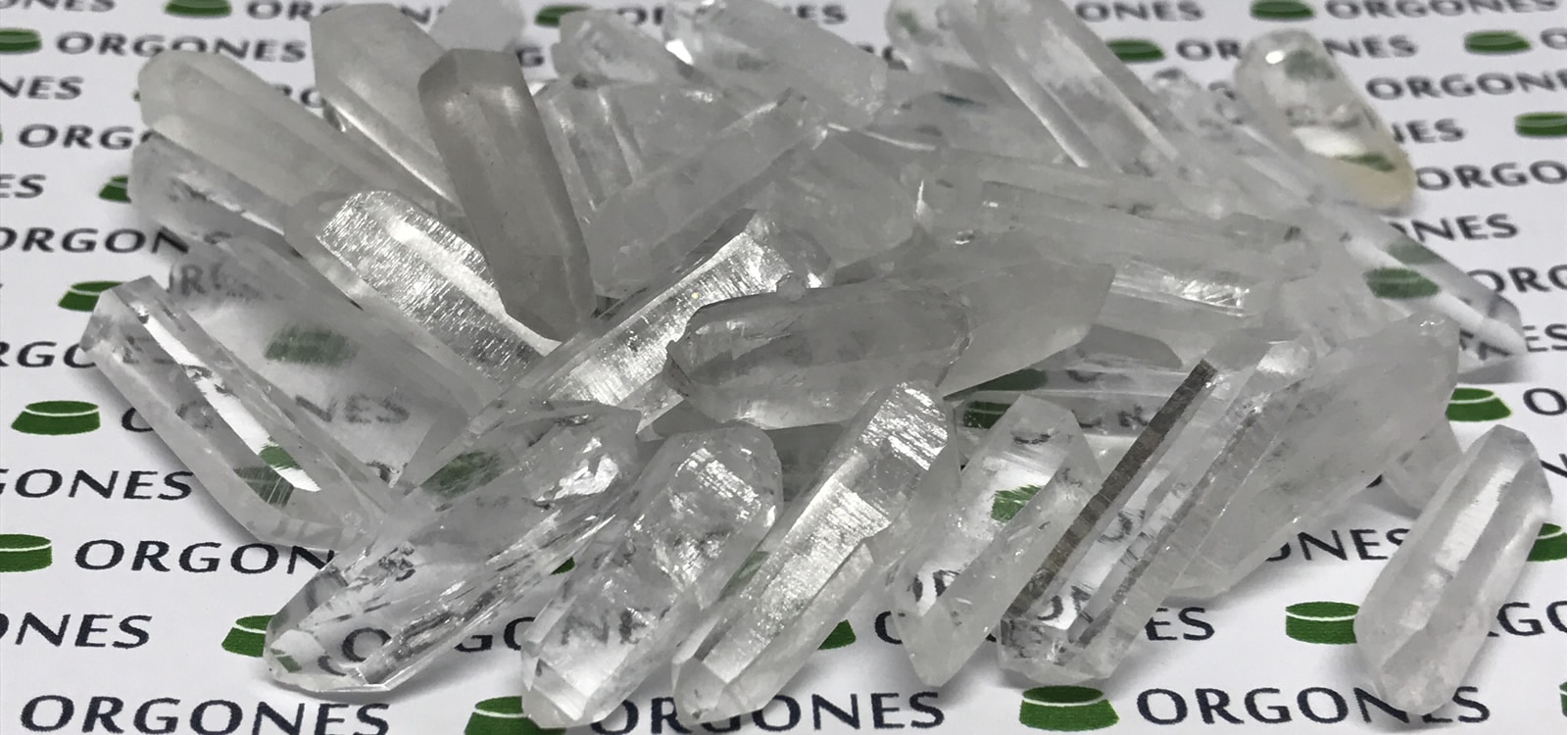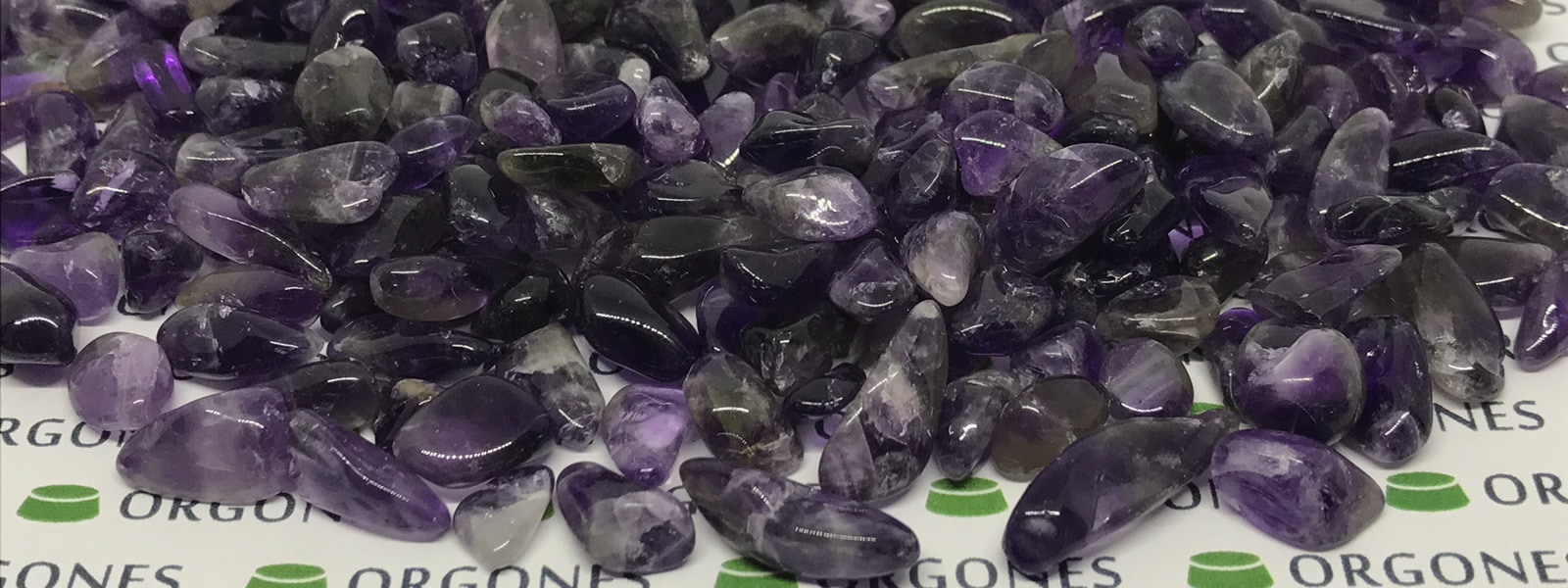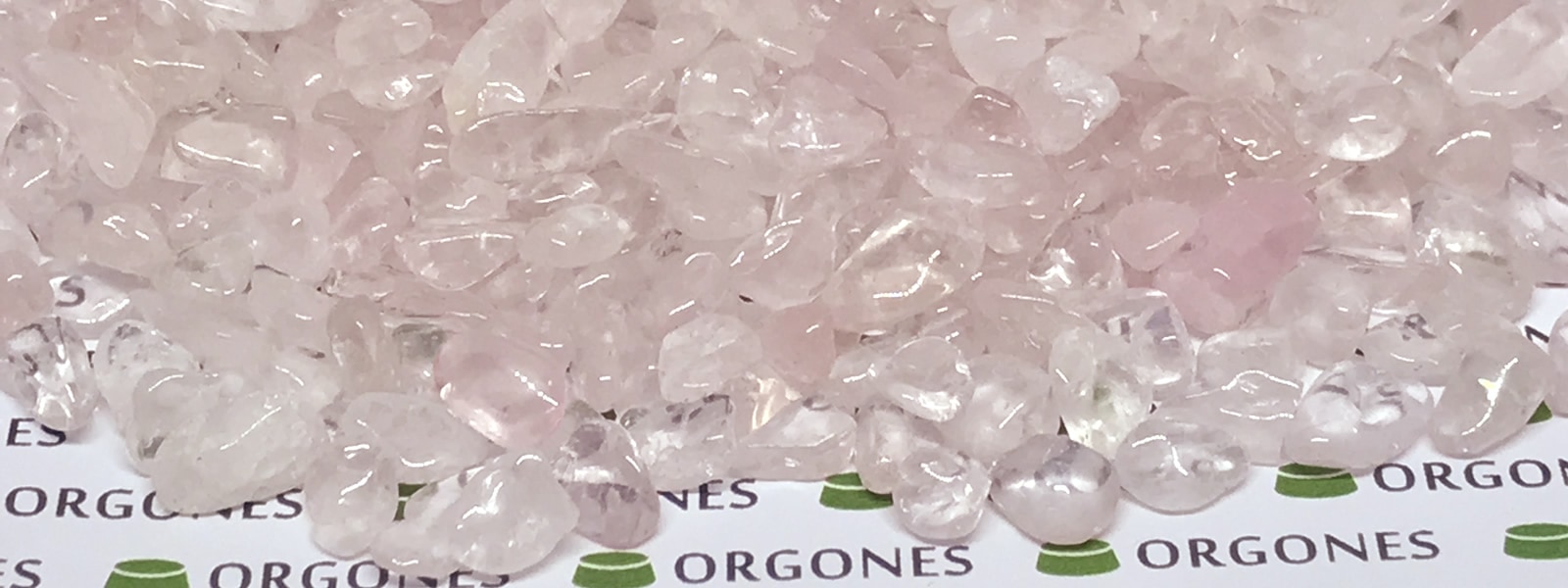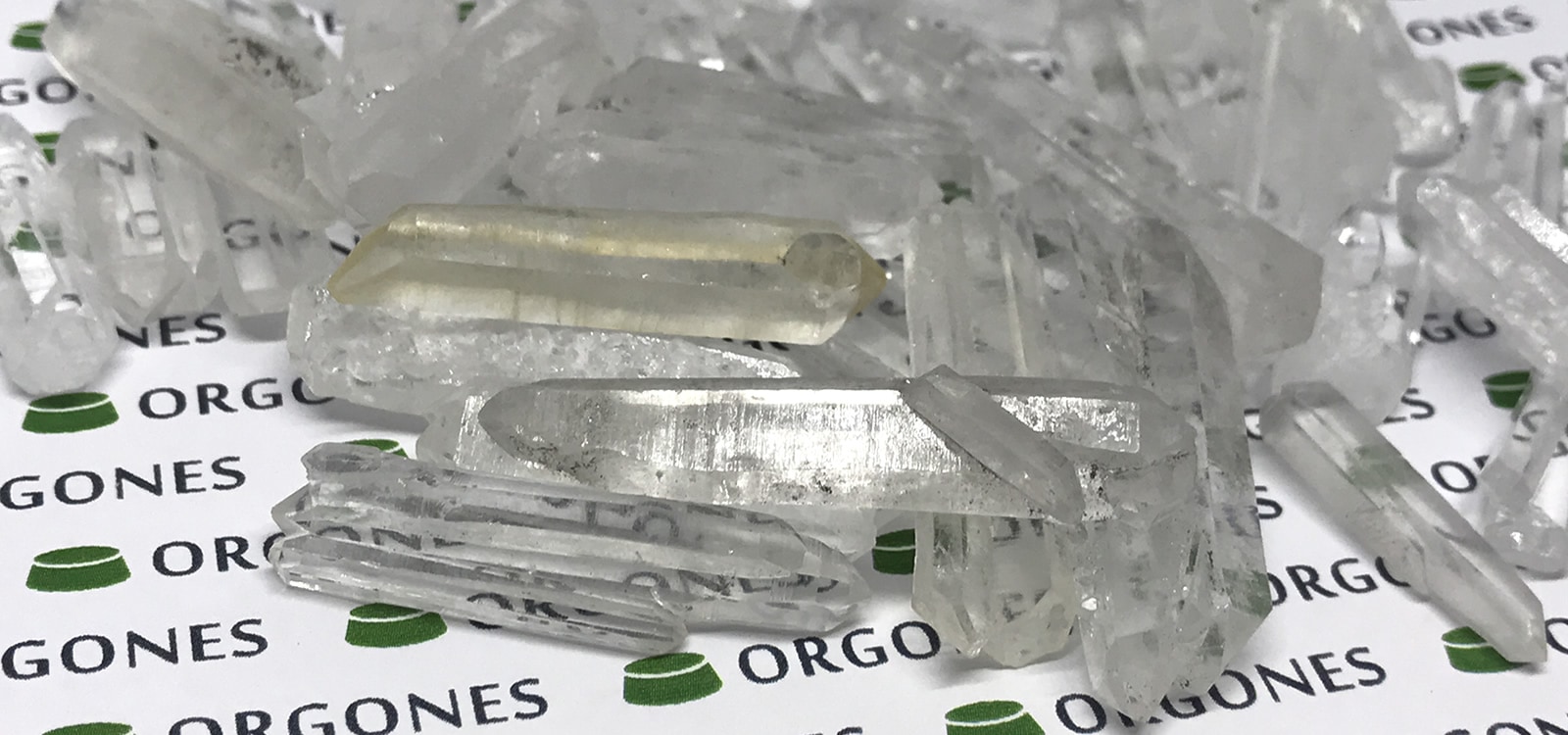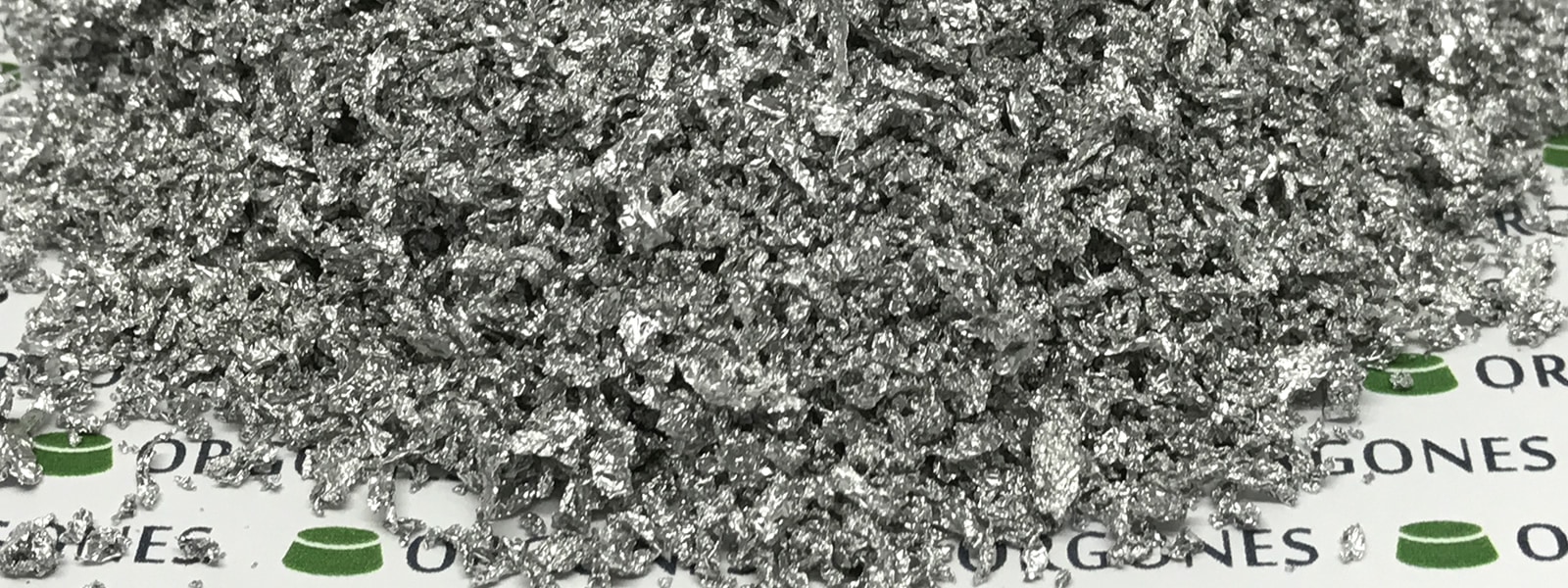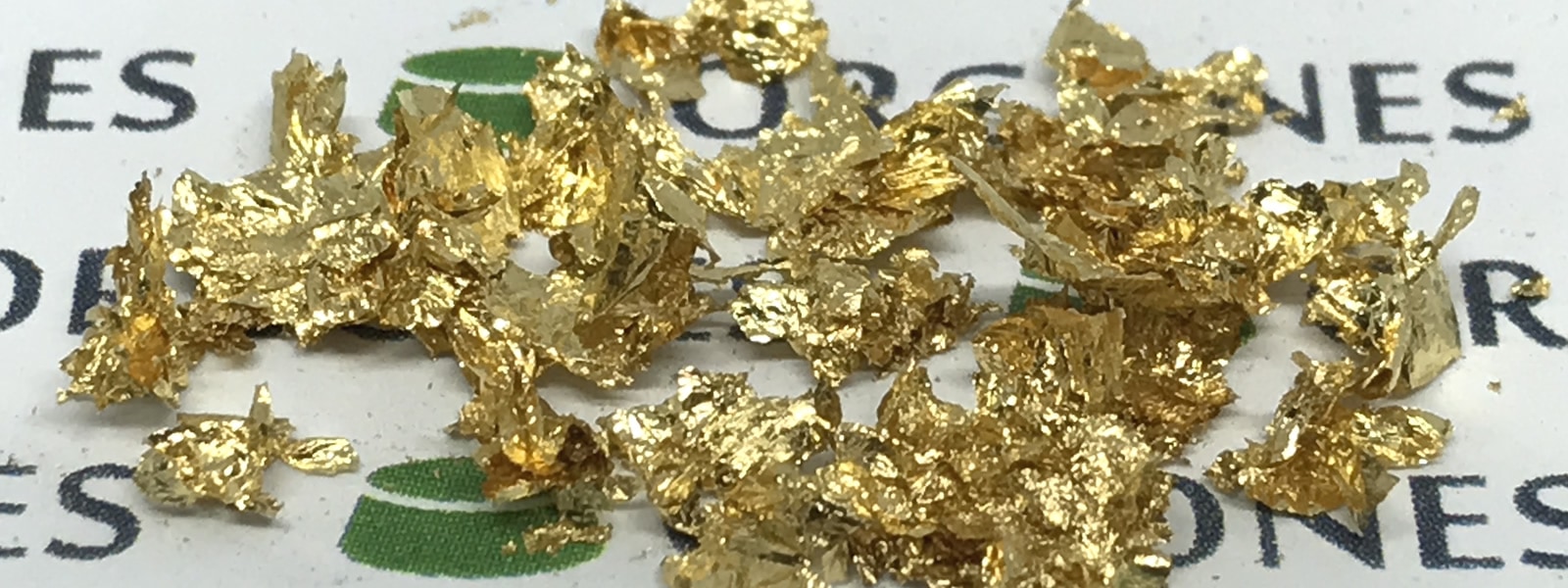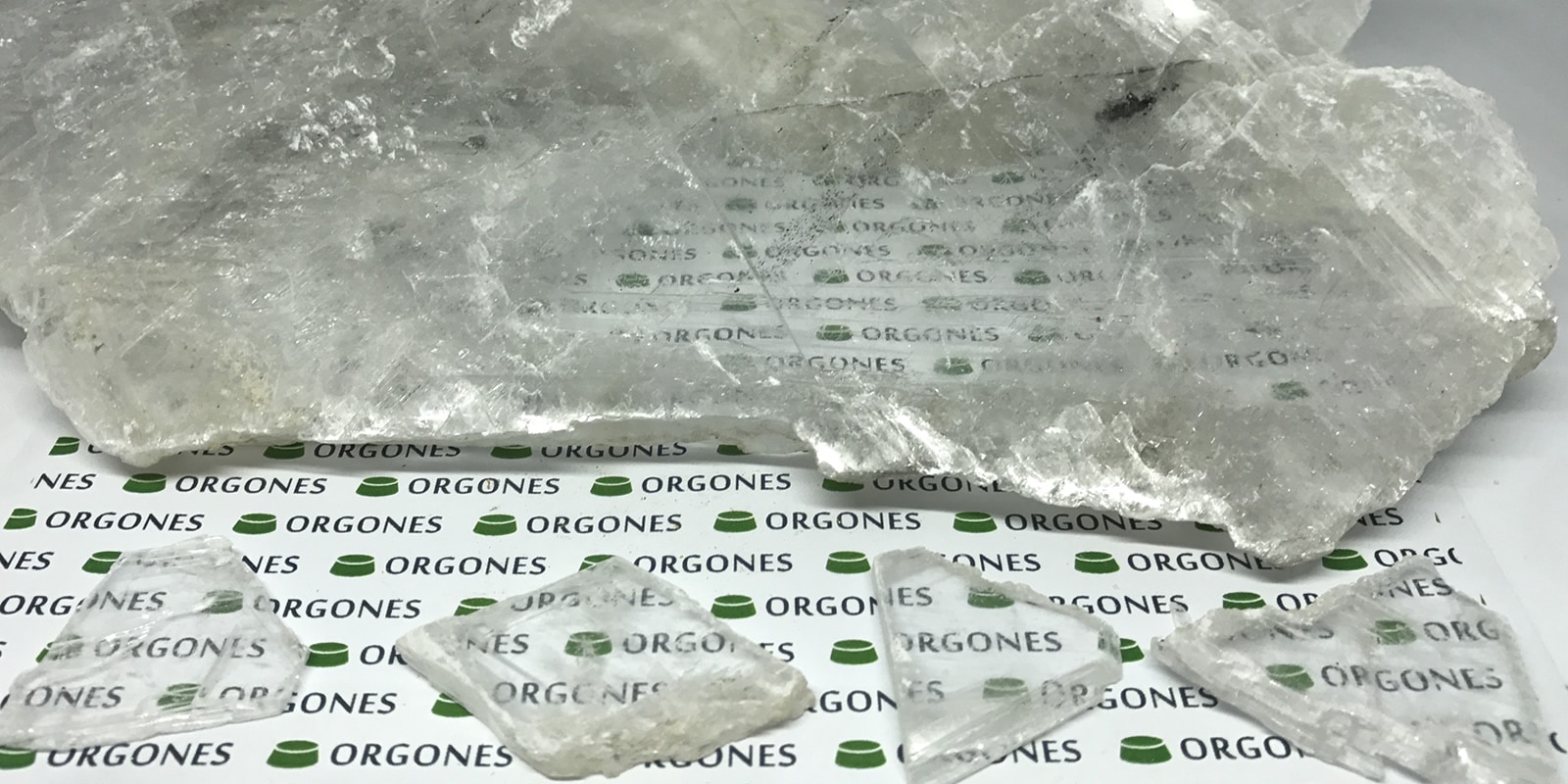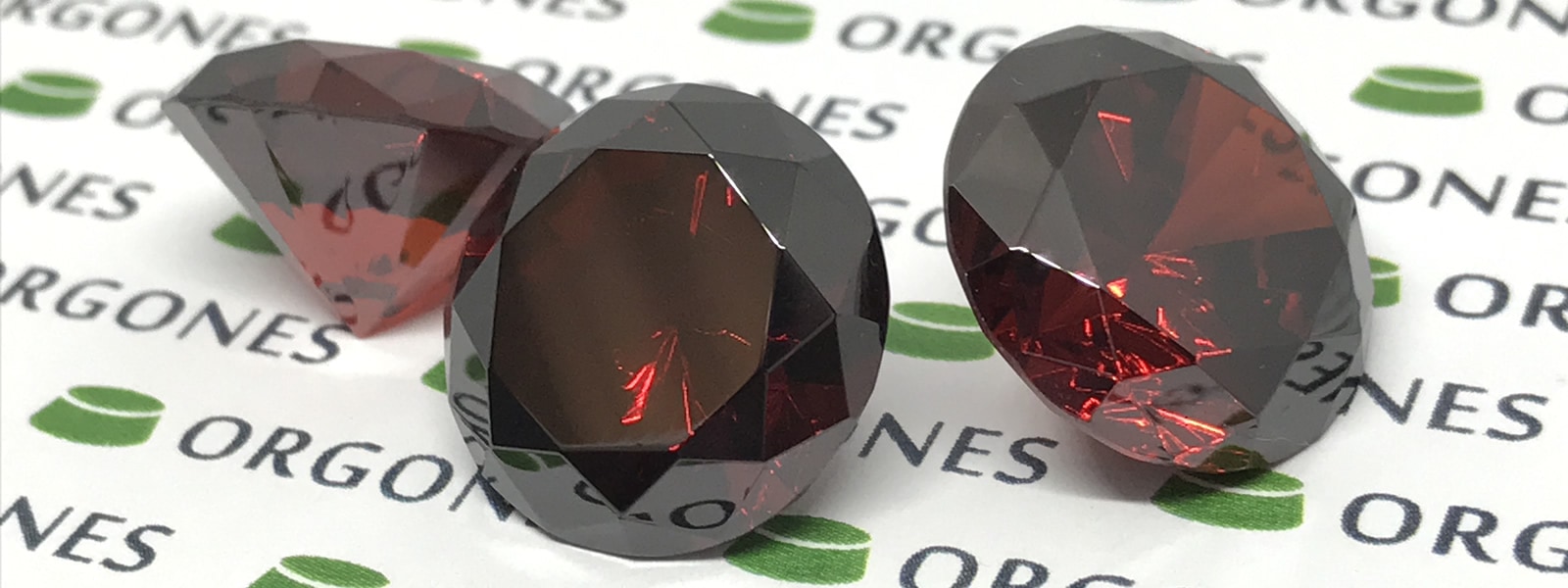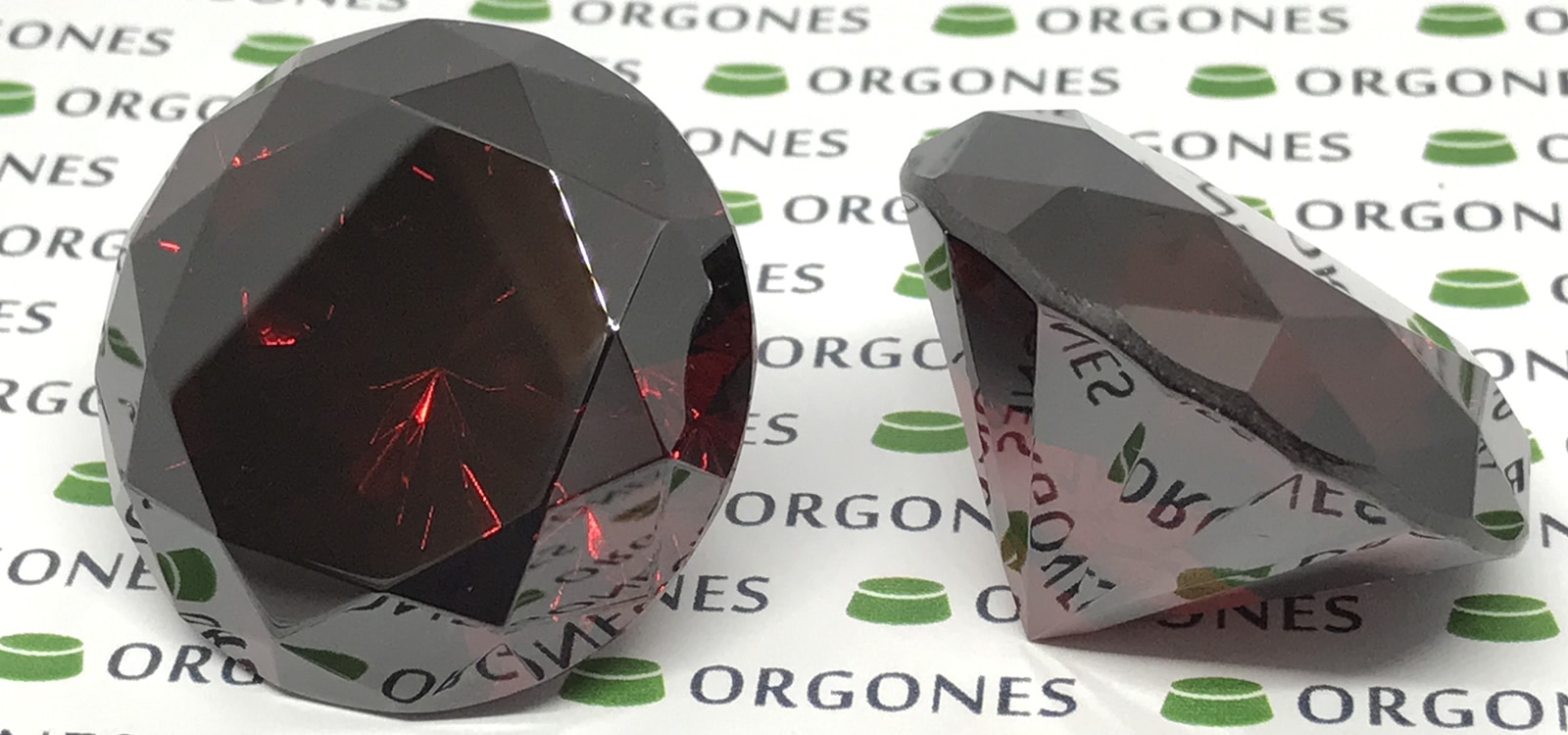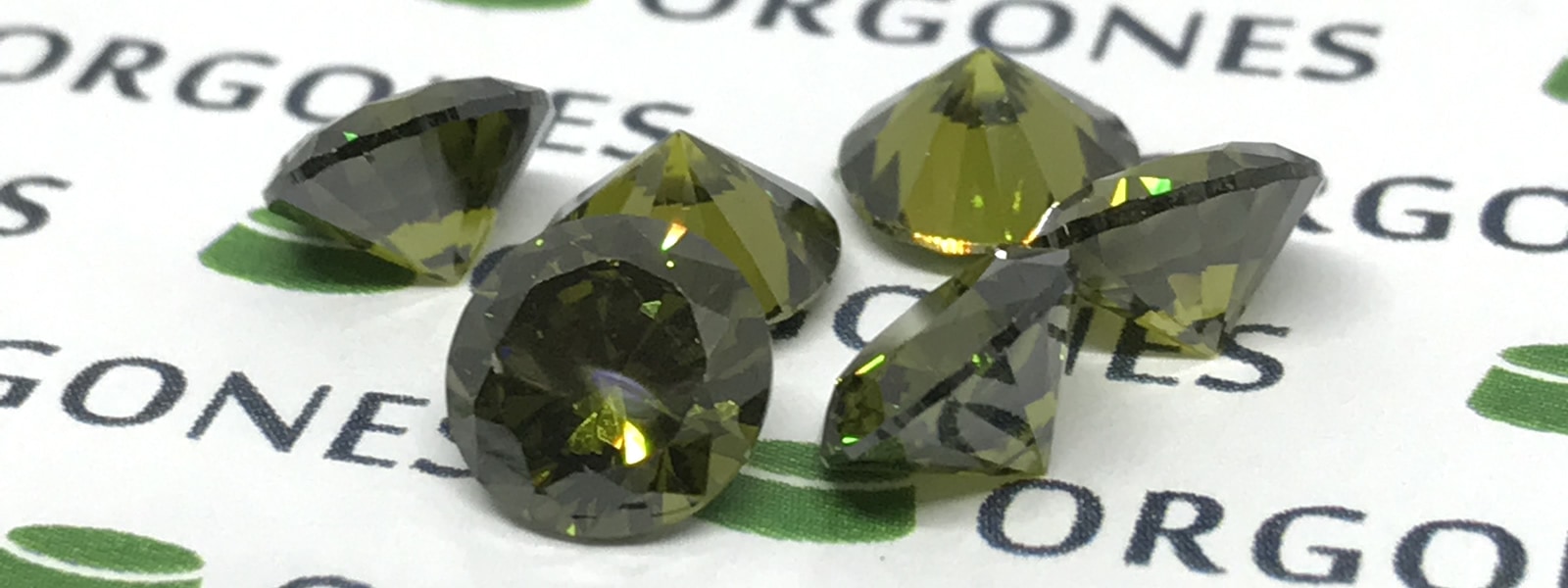|
Metaphysically, clear quartz crystals have 6 primary properties; they are able to structure, store, amplify, focus, transmit and transform energy, including but not limited to matter, thought, emotion and information. They are said to heal, cleanse, balance and strengthen the chakras, resulting in physical, mental and emotional well-being as well as initiating and strengthening our innate intuitive abilities.
Lemurian quartz crystals were originally found in Brazil, and are often found in loose sandy soil, relatively close to the surface, in grid-like patterns all over the world, as if someone had planted them there.
Metaphysical legend indicates that the peaceful ancient Lemurian civilisation planted these unique crystals around 12 million years ago, for future generations to uncover.
The Lemurian civilisation is said to have existed prior to Atlantis, and was highly advanced and spiritually developed. Hawaii and other Polynesian Islands are thought to be the tops of ancient Lemurian mountains, having sunk beneath the Pacific ocean.
Lemurian crystals are considered to be master crystals; associated with all chakras and astrological signs, and are able to communicate with other crystals. Lemurian crystals possess a unique and powerful energy that is warm, nurturing, feminine, unifying and healing. In addition to having the most powerful intuitor energy in the mineral kingdom, their energy is said to be tuned to unity, and to helping balance spiritual and physical aspects of our lives.
Physically, Lemurian crystals have multiple bar-code like horizontal grooves, striations or stripes along one or more sides of the shaft. These are said to contain information, knowledge and wisdom programmed and embedded by the Lemurian civilisation.
Lemurian crystals are used to clear and activate chakras, assist in removing energy blockages, aid in spiritual evolution and help with dream work.
The Lemurian seed quartz crystals that we use in our Orgones orgonite pieces are naturally double terminated.
Being an independent whole, rather than part of a matrix, double terminated crystals are said to have unique energy creation and amplification properties, as well as strong mental and physical protection properties, having an overwhelmingly positive affect on health, strengthening the aura.
They are more powerful than standard Lemurian crystals, and are relatively rare.
Standard single terminated crystals focus and amplify energy in one direction, but naturally double terminated crystals are known to simultaneously absorb and transmit energy in both directions. For example, a single terminated crystal can send energy from one chakra to the next; double terminated crystals can exchange energy between chakras, clearing blockages and bringing greater balance and stability.
This bi-directional transfer of energy can introduce or enhance stability in all the subtle energy systems of the body, and is especially useful in balancing energies between two people.
|
|
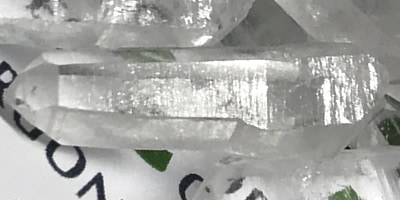
Sources
|
Metaphysical and Mineralogical Properties of the New Lemurian Crystals, [mirror]
Atlantian
(Atlantean) and Lemurian Crystals
, [mirror]
Lemurian Quartz - Metaphysical Directory,
[mirror]
All About
Lemurian Seed Crystals
, [mirror]
Lemurian Quartz, [mirror]
Quartz
Crystals Explained Lemurian Seed Crystals through Multi-Terminated
, [mirror]
Movement of Energy in Double Terminated Crystals, [mirror]
Quartz Crystals with Special
Properties
, [mirror]
DOUBLE TERMINATED CRYSTAL – energy which flows in both directions, [mirror]
Quartz
crystal properties and metaphysical formations
, [mirror]
|
|

